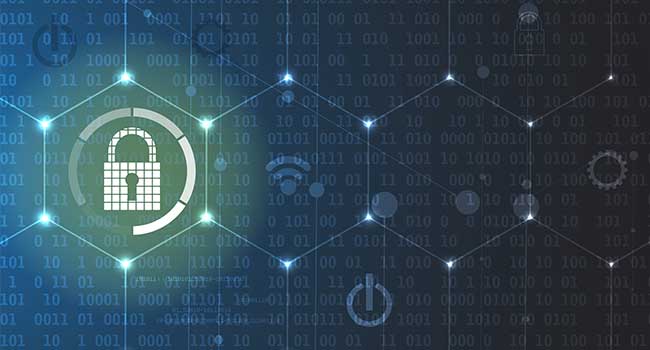
Cybersecurity: Simple Tips to Protect Yourself
Simply employing the most basic of information security rules will make you and your business more safe and secure.
A few years ago, the world suffered one of the largest cyber-attacks in history. The breaches of Equifax and Target had incredible consequences that we are still feeling to this day. Once this tragedy struck, we all began to understand the importance of cybersecurity.
Major breaches are a cause for concern
Our collective faith in these institutions came to be of ill-fated consequence and distaste. We needed answers as to why our privacy was so swiftly stolen and spread for all hackers to witness. In light of this, the term cybersecurity came to the forefront of our minds as the only solution to an imperceivable problem.
What cybersecurity really means
Cybersecurity, also referred to as information security, is truly the process of double checking every access point on a network to make sure that it is well protected and that whatever damage may occur is mitigated to the fullest extent possible. It is a complex task that is simple in implementation if done well.
Now, of course, we understand the importance of passwords and other tools that we can use to secure our information and keep it away from those who would do harm. In this article, we will discuss methods being used in the cybersecurity sector to keep information as safe as possible.
Encrypt all of your sensitive data
Whether it be physical or digital, you should definitely begin to encrypt all of your sensitive files and folders. Most OS’s have this as a feature built into their safety protocols, the trend is to actually employ these safety devices to ensure that your data is protected even upon intrusion.
Mitigation is one of the most important aspects of cybersecurity. You may not immediately realize that your system or network has been invaded, so you need time after being alerted to mend the travesty.
Consider using virtual private networks
Using encryption can save your information after a breach by, essentially, password protecting all of your important files and folders. Of course, these passwords must be strong and unique, but, even having a weak password can grant enough time to deal with an invasion before it is too late. The same strategy can be used on networks through the use of VPNs or virtual private networks.
These applications obscure your origin point and make your network invisible to other uninvited hosts. They can also be used to hide your information when browsing the web, and managing web applications, so you are not spoofed or phished due to a lack of information on your internet profile. The point is simple, encrypt everything you can, even hardware ports like USBs and Ethernet cords.
Always create strong passwords
Passwords are your first line of defense against the malicious masses who would stop at nothing to ransom your data or destroy your networks. The most underappreciated tool of our time, the password is only effective if one knows how to use it properly with the correct strength.
Very few people create sufficient passwords and, as a result, are often hacked into without ever knowing that their password is weak.
What makes a strong password
A strong password should consist of the following: at least 8 unique characters of alphanumeric origin, randomized cases, and special characters. Using this guideline will make your password incredibly strong while also providing a hint of relief that your password is most likely impervious to brute force attacks.
However, the more complex the password, the harder it is to remember. To that end, you should make wise use of the password manager. It is, in fact, this trend that is improving across the world.
Use password managers to store them safely
Password managers, like LastPass, use deft encryption tools to secure your passwords in a central location without the vulnerabilities of a text document or physical space. This way you can create as many passwords as you like, with unending complexity, without having to remember them all.
This incredible software allows you to make a limitless number of passwords that will stay encrypted. Use a unique and strong password for every site you log in to with the help of a password manager.
Conclusion
Security trends may seem simple to observe, but, implementation is obviously quite difficult as over 80% of businesses are hacked every year. Most individuals do not believe themselves to be a target and therefore don’t have strong passwords. The truth is that everyone is a target to hackers and your information may be next if you are not well armed in this wild west.
Simply employing the most basic of information security rules will make you and your business more safe and secure. If you make sure to stay updated and well informed, then you can make a stand against these hazardous hackers.